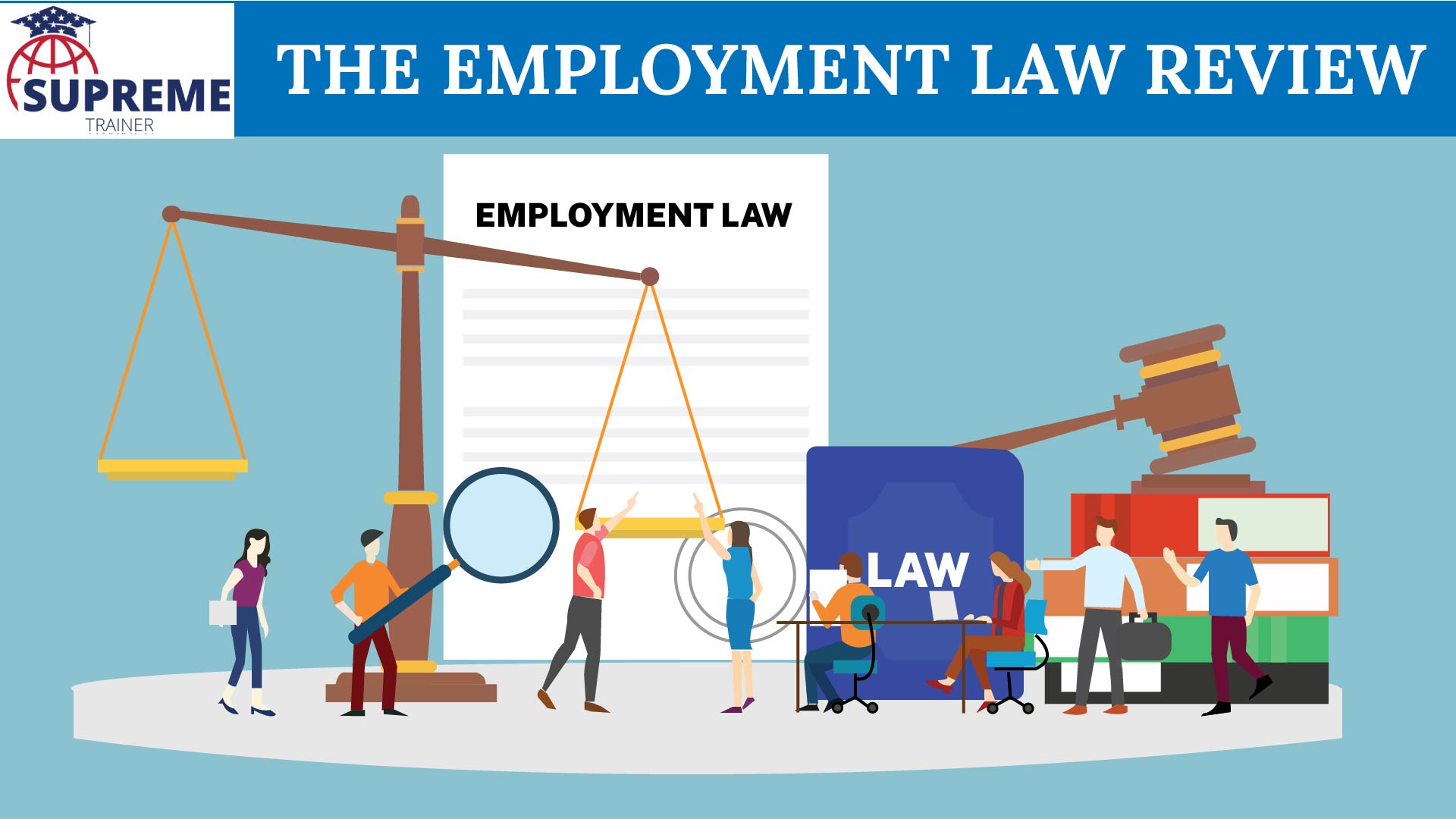
The federal government has paved a systematic structure of regulatory bodies for every possible group. These regulatory bodies are responsible for managing and maintaining the pact of law and order for these certain groups. How is employment defined by US law? Employment law safeguard the rights and suggest laws to maintain the basic decorum for employees working in corporations in federal territory.
The Relevance of Federal Employment Law
What does employment mean in US law? Employment could be defined as a phenomenon when an individual identified as a native citizen or alien citizen is assigned or involved as a worker in any organization or corporation based on an oral or written contract when this kind of certain individual is getting paid in exchange for their services after being associated with any particular organization or corporation. In this blog, we’re going to look into the insights and characteristics of prevailing federal employment laws affect the working, status, and position of employees, employers, and corporations. These laws navigate the equal and unbiased regulation for existing employers or aspirants willing to join the working sector.
About WHD
The first employment law we’re going to focus on is the wage and hour division law. Wage and hour law is regulated under the supervision of the United States Department of Labor and is responsible for ensuring the enforcement status of other federal employment labor laws. The sole mission of the wage and hour division is to promote and achieve excellent compliance status with national labor standards to protect and develop the status of the national workforce. Aggregately, WHD safeguards 144 million employees in more than 9.8 million corporations located in the United States and its related territories. WHD ensures proper regulation of a total of 13 employment labor laws, yet the most notable ones are FMLA and FLSA, which we’ll discuss in brief detail.
The WHD came into existence after the enactment of FLSA in 1938. This division has a settled system consisting of investigators, supervisors, and technical and clerical employees to ensure the relevant enforcement of the law. Additionally, FLSA, the Migrant and Seasonal Worker Protection Act, the Employee Polygraph Protection Act, and the Immigration Reform and Control Act (1986) are the employment laws functions under WHD. WHD covers the labor standards of most states and private and local governments. WHD acts as an instrument that enables access and promotion of opportunities like opportunities for employers to compete on a level playing field, opportunity to have an economic development of positive shift, and opportunity for workers to oblige their personal and family duties.
Most notably under WHD comes the Immigration and Nationality Act, which levies a quota of 2% for each nationality. By this quota, only 2% of citizens from every alien nationality are allowed to get US-based citizen visas.
About ADA
Another employment law ensures an unbiased treatment of people with disabilities and provides them with equal opportunities. The Americans with Disabilities Act became an established law in 1990. The ADA is a civil rights law prohibiting biased treatment or discrimination against individuals with disabilities in public settings. This civil rights status is similar to the civil protection rights against gender, race, and background. This act guarantees safe and equal opportunity for individuals with disabilities in public accommodations, employment, transportation, state and local government services, and telecommunications.
Under ADA, an individual is considered disabled when they have a physical or mental impairment that substantially limits a major life activity. Title, I of ADA ensures Equal Employment Opportunities for Individuals with Disabilities. This title specifically targets governing workplace or employment-oriented settings to balance the pact of equality between employees who aren’t disabled and disabled employees. Reasonable accomodation and interactive processes are the two aspects of ADA that acts as an emblem of support for the act. Reasonable accommodation and interactive processes are balanced channels or mediums to be paved by a corporation to wholly maintain a sense of understanding among employees.
About FMLA
The Family and Medical Leave Act of 1993 is a United States Labor and employment law that allows employees with job-protected, unpaid leave of public or private sectors to take a leave of upto 12 weeks for medical emergencies. The FMLA is administered and regulated by the WHD of the United States Department of Labor. Only employees who have worked for a corporation for more than 12 months and 1250 hours over the past 12 months have worked for an employer with more than 50 employees within under a 75-mile radius. In addition, only employees who have met the criteria are accounted for eligibility under FMLA.
About OSHA
OSHA is massive hygiene and safety regulatory body administered under the United States Department of Labor that has federal visitorial power to examine and inspect governing workplaces within a federal territory radius. OSHA’s mission is to assure and promote safe and healthy working men and women by setting and enforcing standards and providing training, outreach, education, and assistance. OSHA is also an intervention-oriented program that enlightens corporate associates with suggestive safety and hygiene management plans. OSHA covers private sector employees, state and local government employees, and federal government agencies. Also, OSHA does not include self-employed or independent contractors. OSHA recordkeeping requirement reflects a precise accounting of recorded injuries at governing workplace or industrial sites so that corporations and OSHA can evaluate the safety standard of a particular site.
About Employment Benefits Security Administration and Employee Protection
EBSA is a federal agency established in 1970 under the United States Department of Labor supervision. Investment planners and managers are the key stakeholders of this administration. It ensures and regulates beneficiary employees’ capital distribution programs such as retirement and health insurance plans. Nearly 722,000 retirement plans, 2.5 million health plans, and other aggregate plans of 10.7 million are controlled by EBSA. EBSA also regulates the working of Title I of the Employee Retirement Income Security Act of 1974.
Employee protection focuses on the safety of employees who have acted as whistleblowers. By whistleblower the situation when an employee or worker reports a concerning issue. Under such circumstances, employees are ensured of job reinstatement or payment of back wages as a remedial measure. Also, OSHA ensures the safety of whistleblower protection in most laws.
About Wage Garnishment
Title III of WHD administers Consumer Credit Protection Act which ensures that employees from being discharged by their employers as their wages have been garnished for any one debt. It limits an employee’s earnings that may be garnished in any week to cover any certain type of debt. Title III limits or garnishes capital involved for personal services such as wages, salaries, commissions, bonuses, and periodic payments for pension or retirement plans. Wage garnishment occurs when any legal obligation or order is levied on any corporation employee. Title III prohibits employers from dismissing an employee whose earnings have been subjected to garnishment for any debt. Title III ensures that employees get partial compensation for their services despite garnishment.
Conclusion
Employment laws safeguard employees from unbiased and discriminatory practices. They also ensure lawful execution of regulations suggested by federal administered agencies. Major laws like Wage and Hour Divison, Americans with Disabilities Act, Family Medical Leave Act, Occupational Safety and Health Act, Employment Benefits Security Administration, Employment Protection, and Wage garnishment are the major federal laws affect are interrelated and passively dependent on each other.



